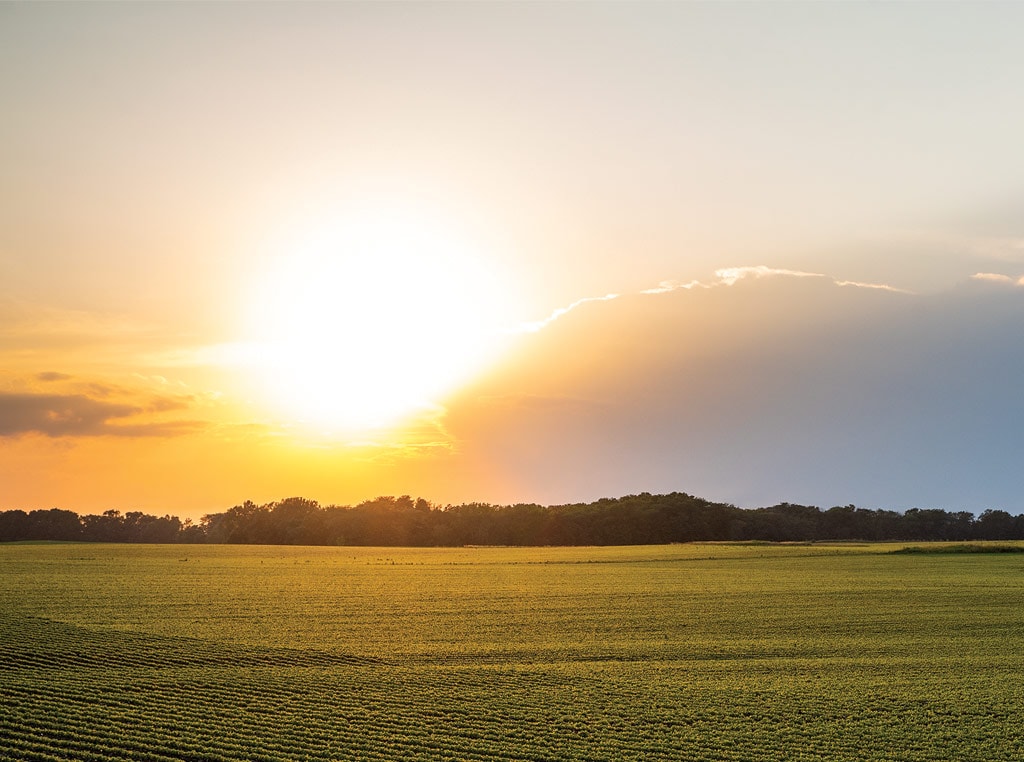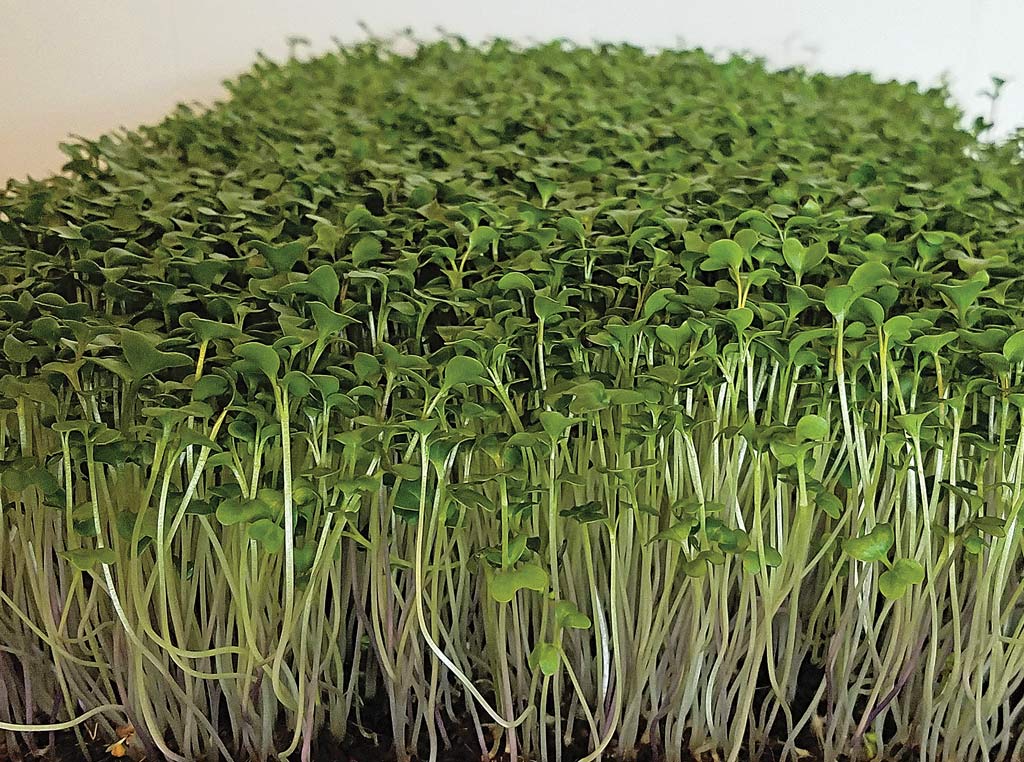
A superfood with super flavor, microgreens provide a path to production.
Agriculture, Specialty/Niche September 01, 2021
Micro Farm, Macro Flavor
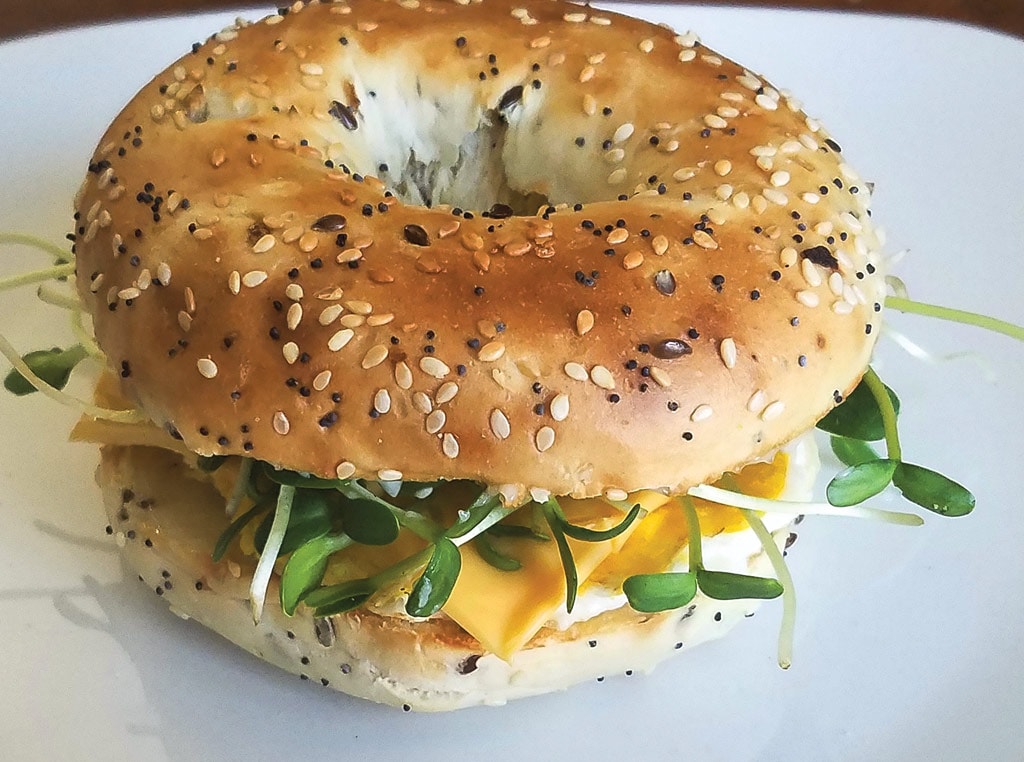
Above. A superfood that is simple to use, microgreens can serve as a topping for a sandwich or baked potato.
For Sarah Martin, farming is a game of inches—and her yields are measured in ounces. Her operation is located in Grand Island, Neb., where commercial farms are usually measured by the acre. But Martin’s frame of focus is her 10x20-inch growing trays where she raises the tiniest of vegetables called microgreens.
Microgreens are the seedlings of edible vegetables and herbs—harvested at about an inch or two in size, approximately two weeks after being planted—that produce surprisingly intense flavors. And they hold “superfood” status, backed by a landmark study at the University of Maryland.
Researchers found that these young versions of vegetables provided from four to 40 times the amount of nutrients—in particular, the important vitamins C and E, with their antioxidant properties—as compared to their mature counterparts.
It was the nutritional aspect that sparked Sarah’s foray into microgreens farming. “I started growing microgreens for personal health reasons,” she recalls. “I had been diagnosed with fibromyalgia and chronic fatigue syndrome, but prescription drugs didn’t provide any relief.
“I tried many nutritional supplements, which were expensive, but still no relief,” she continues. “Nutrients are most potent when they come from food, so I decided that I needed to find a superfood.”
She discovered the Maryland research and immediately began to study the process of growing microgreens. Her first microgreens crop was ready for harvest in March 2019. “Within a few weeks, my health had improved and I had more energy,” she says.
All-natural approach. Microgreens are typically part of the fare offered by elite restaurants in big cities. But Martin thought it was time to bring them to the heartland. “Everyone needs access to these fresh, healthy superfoods the year around,” she says.
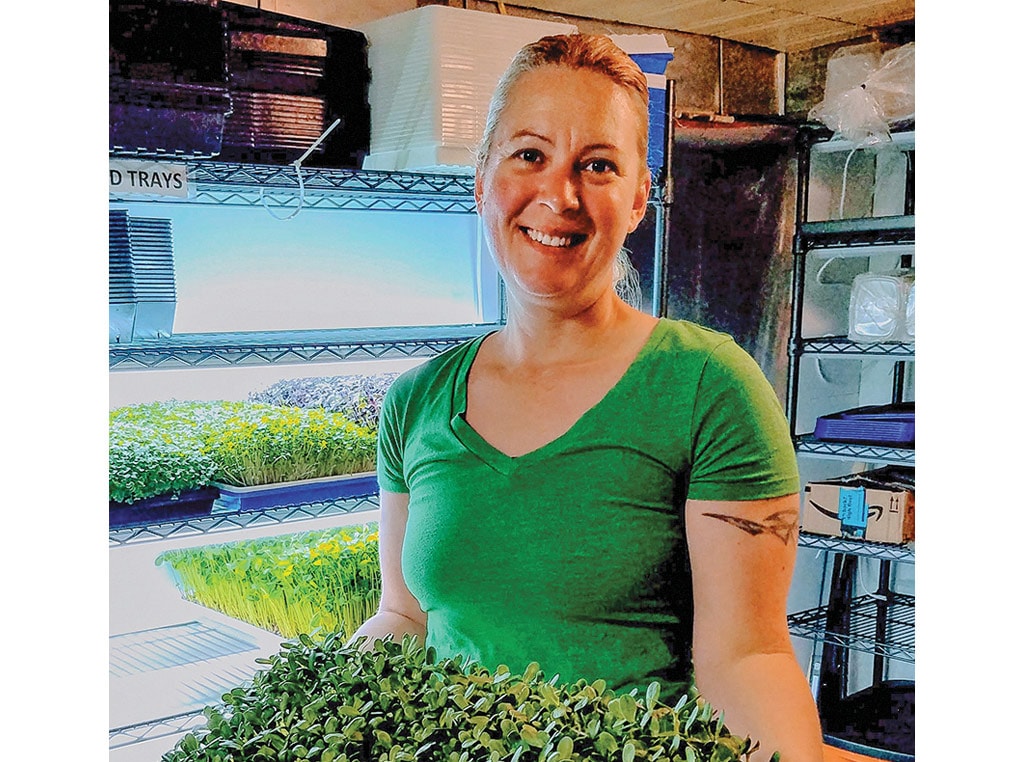
Sarah Martin decided to grow microgreens for market after experiencing their superfood qualities. Photos courtesy Third Day Microgreens.
So Martin formed an operation called Third Day Microgreens, arranging growing trays on racks in the basement of her Grand Island home, illuminated by integrated LED strip lights. The system is not certified organic, but Martin uses organic seed and certified organic soil, and does not use fertilizer or pesticides. “The way we grow microgreens, we really don’t need those,” she points out.
Martin grows four individual varieties: pea, radish, sunflower, and broccoli, plus a microgreen mix that features broccoli, kale, cabbage, and kohlrabi. She harvests weekly, with yields ranging from 10 ounces or so per tray for some varieties, perhaps 22 ounces for others. And the microgreens move quickly to customers, ranging from grocery stores to individual home delivery.
Education is part of marketing microgreens. “Customers who aren’t familiar with microgreens are hesitant at first,” says Heidi Walters, who uses Third Day Microgreens on sandwiches in her Espressions coffee shop in Aurora, Neb. “They end up liking them. In fact, some customers say they crave the flavor of microgreens.”
That’s music to Martin’s ears. “It takes time, but positive experiences spread by word-of-mouth,” she says. “There is room to grow.”
A superfood with super flavor, microgreens provide a path to production.
Read More
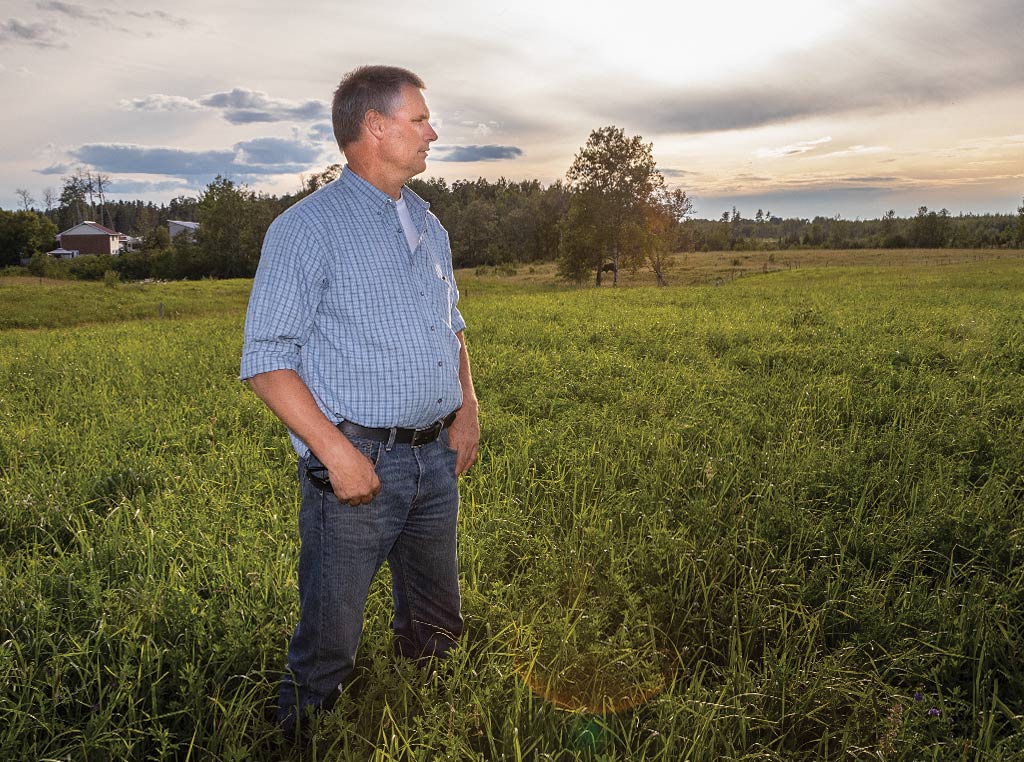
AGRICULTURE, EDUCATION
Soil, Grass and Cattle
Grazing is good for soil health.

